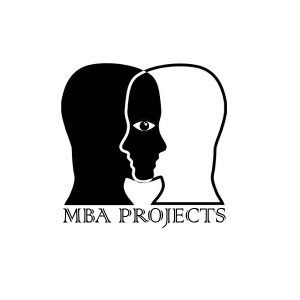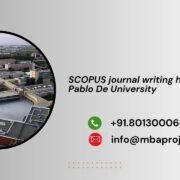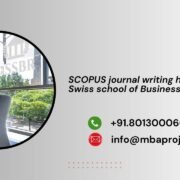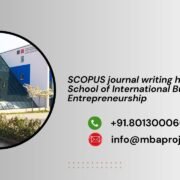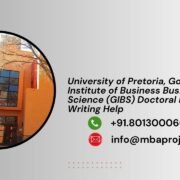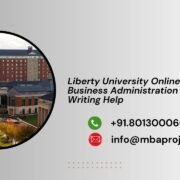SCOPUS journal writing help in HSBA Germany
SCOPUS journal writing help in HSBA Germany
SCOPUS journal writing help in HSBA Germany. Publishing in SCOPUS-indexed journals has become a pivotal goal for academics, researchers, and business professionals worldwide. At HSBA Germany (Hamburg School of Business Administration), scholars aim to achieve international recognition through publications that meet rigorous SCOPUS standards. SCOPUS journals are renowned for their quality, peer-review process, and global visibility, making them a key metric of scholarly impact.
However, the pathway to SCOPUS publication is often challenging due to stringent formatting, high-quality research expectations, and competitive acceptance rates. HSBA Germany SCOPUS journal writing support is designed to guide researchers in preparing manuscripts that not only comply with journal requirements but also maximize acceptance probability.
Understanding SCOPUS-Indexed Journals
SCOPUS is one of the most reputable citation databases, indexing journals across various disciplines such as business, management, finance, social sciences, and technology. Journals indexed in SCOPUS are known for:
-
Rigorous Peer Review: Ensuring only high-quality, reliable research is published.
-
High Citation Metrics: Including Impact Factor, CiteScore, and h-index, which reflect influence and credibility.
-
International Exposure: Reaching a wide academic audience globally.
-
Comprehensive Coverage: Encompassing multiple research fields for interdisciplinary studies.
For HSBA Germany researchers, understanding SCOPUS indexing criteria is essential to prepare manuscripts that align with global academic standards.
End-to-End SCOPUS Journal Writing Services
Our SCOPUS journal writing help provides comprehensive support, ensuring that every manuscript meets international publishing standards.
1. Research Topic Selection and Gap Analysis
A strong SCOPUS publication starts with a unique and relevant research topic. Our support includes:
-
Conducting extensive literature reviews to identify gaps in current research.
-
Formulating original research questions aligned with journal scope.
-
Ensuring the topic is relevant, timely, and impactful to increase publication success.
2. Structuring the Manuscript
A well-structured manuscript is critical for SCOPUS acceptance. Our team guides researchers on:
-
Abstract: Writing concise and impactful summaries that highlight core findings.
-
Introduction: Clearly presenting the research problem, objectives, and significance.
-
Methodology: Detailing research design, data collection, and analysis for reproducibility.
-
Results and Discussion: Presenting findings accurately and interpreting them in context.
-
Conclusion: Highlighting contributions, implications, and potential for future research.
3. Editing, Proofreading, and Formatting
SCOPUS journals demand precision and clarity. Our services include:
-
Grammar and language refinement for academic excellence.
-
Ensuring journal-specific formatting including citations, tables, figures, and headings.
-
Enhancing readability, flow, and coherence to meet reviewer expectations.
4. Citation Management and Reference Accuracy
Proper citation practices are essential. We assist researchers in:
-
Formatting references in APA, MLA, Chicago, or other styles.
-
Avoiding plagiarism through accurate attribution.
-
Using reference management tools to maintain consistency and credibility.
5. Journal Selection and Submission Assistance
Selecting the right SCOPUS journal can determine publication success. Our guidance includes:
-
Identifying high-impact journals relevant to your research field.
-
Evaluating journal scope, acceptance rate, and publication timelines.
-
Preparing submission-ready manuscripts aligned with editorial and ethical standards.
6. Handling Peer Review and Revisions
Effective response to reviewers is crucial. We support researchers by:
-
Drafting professional responses to reviewer comments.
-
Revising manuscripts to enhance clarity, methodology, and argumentation.
-
Preparing resubmission letters that improve acceptance chances.
Why Choose HSBA Germany for SCOPUS Journal Support
HSBA Germany offers exceptional resources and expertise for SCOPUS journal writing:
-
Experienced Academic Mentors: Faculty with a proven record of publishing in top SCOPUS journals.
-
Customized Guidance: Tailored support to ensure each manuscript meets journal-specific criteria.
-
Ethical and Transparent Practices: Ensuring originality and compliance with global publication ethics.
-
End-to-End Support: From research topic selection to post-publication guidance.
-
Proven Success Record: Numerous researchers have successfully published high-impact SCOPUS papers with our assistance.
Benefits of SCOPUS Journal Publication
Publishing in SCOPUS journals provides multiple advantages:
-
Global Academic Recognition: Establishes credibility and enhances your professional profile.
-
Increased Research Impact: Broader visibility leads to more citations and collaborative opportunities.
-
Career Growth: Supports academic promotions, research funding, and professional development.
-
Contribution to Knowledge: Influences theory, practice, and policymaking in your field.
Conclusion
Achieving publication in SCOPUS-indexed journals requires precision, expertise, and strategic planning. At HSBA Germany, our SCOPUS journal writing help equips researchers with comprehensive, professional support to navigate manuscript preparation, submission, and peer review successfully. We ensure that every research work meets international standards, achieves significant academic impact, and reaches a global audience.
Thank you for reading our Blog “SCOPUS journal writing help in HSBA Germany”.
Also, read our more BLOG here.
For Order “SCOPUS journal ” feel free to contact us at Mob: Call / WhatsApp: +91.8013000664 || Email: info@mbaprojects.net.in




